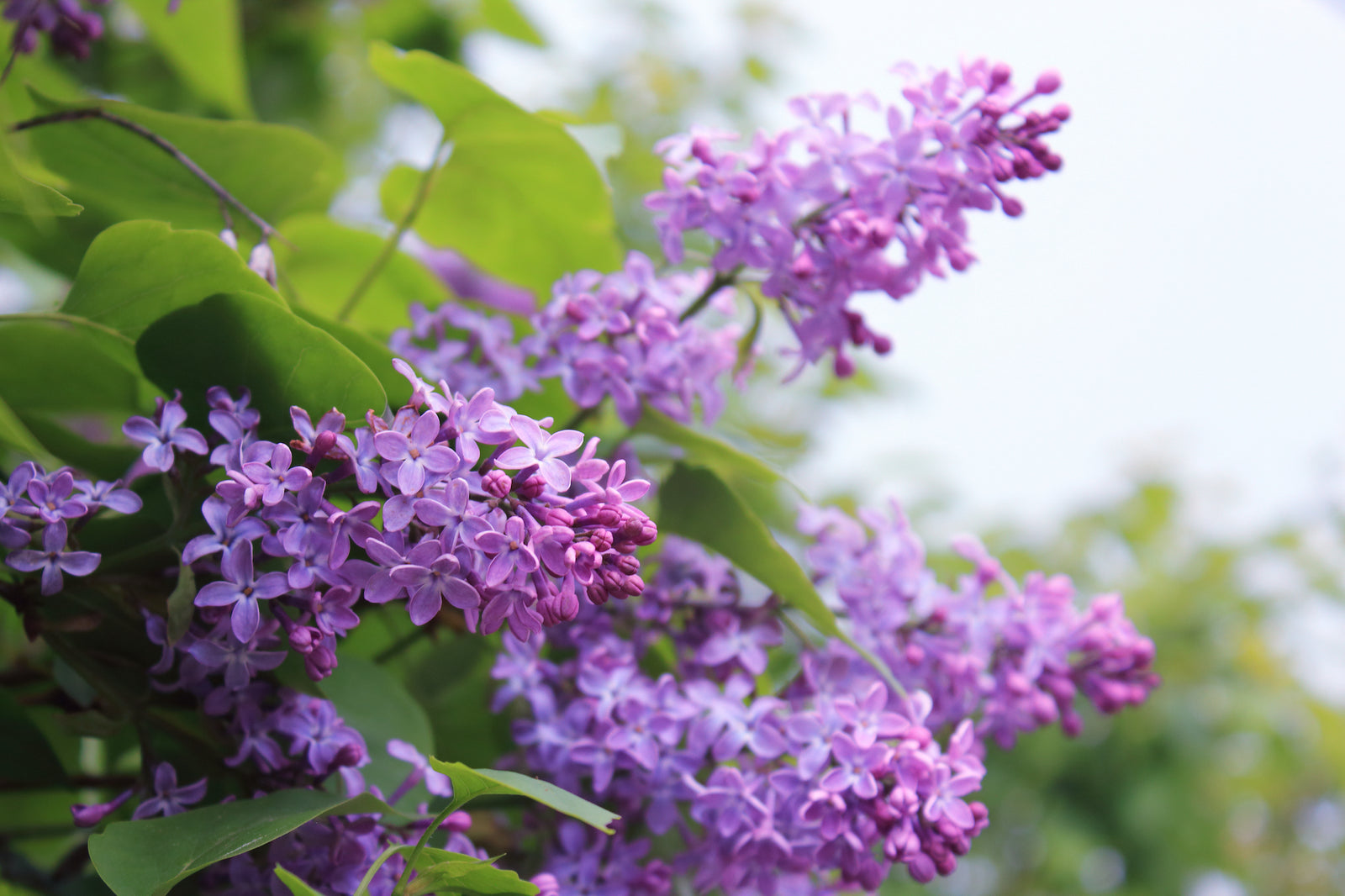
LILACS AND SPRING ARE AS SYNONYMOUS AS SUMMER AND WATERMELON.
Every spring, when they start to bloom, I get instant recall of summers when I was a child. The scents of a garden can do this for us, and lilac is hard to miss.
Lilacs grow best in full sun and well-drained soil, where they take two to three years to establish themselves in a new site. Once established they can live for centuries. Soil pH (alkalinity or acidity of the soil) may affect the plant’s growth. Lilacs do well in an alkaline soil with a pH of 6 to 7.
To ensure abundant flowering, cut off all spent blossoms each year and prune the flowering stem back to a set of leaves in order to prevent seeds forming, thereby directing the energy usually spent on seeds to next year’s flower production. If this is not done, good flowering years may be followed by bad.
When the plant becomes leggy, renewal pruning is required. Remove about one-third of the oldest stems at ground level each year for three years. This encourages the growth of vigorous new stems from the base. By the end of the three years the plant should be fully rejuvenated with its blossoms once more at nose level.
The plants should be fertilized in early spring and again directly after flowering with Dr. Earth All-Purpose Fertilizer, watered in well. Note: even as tough as lilacs are, they will still need supplemental water during periods of drought.
Lilacs can fall victim to leaf diseases in late summer and early fall. These include powdery mildew fungus (Microsphaera alni) and leafroll necrosis. Powdery mildew produces unsightly whitish patches on the leaves, but the problem tends to be more aesthetic than physiological. Leafroll necrosis seems to be caused by air pollution.



